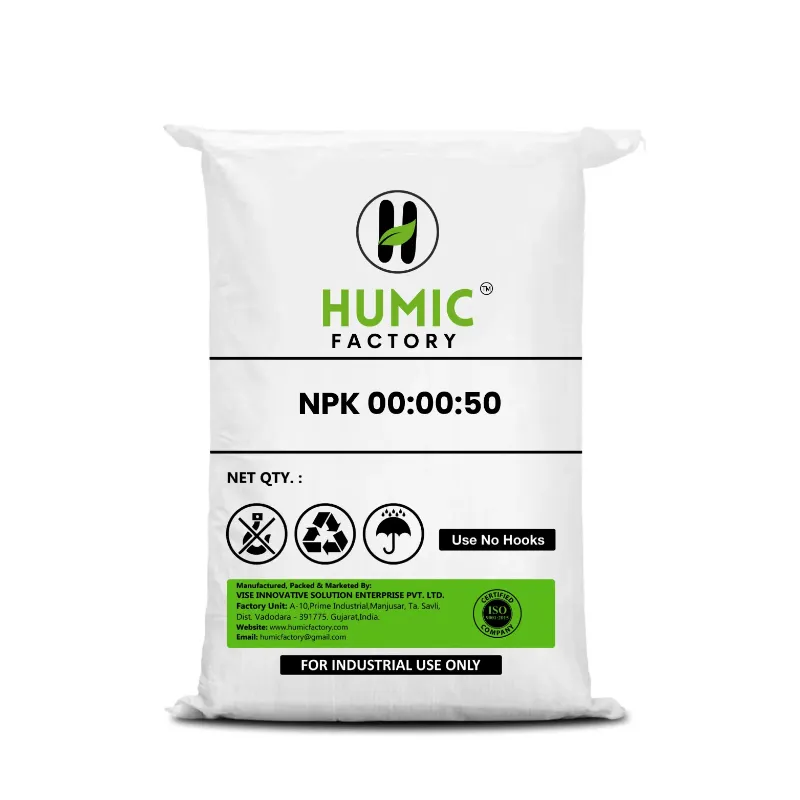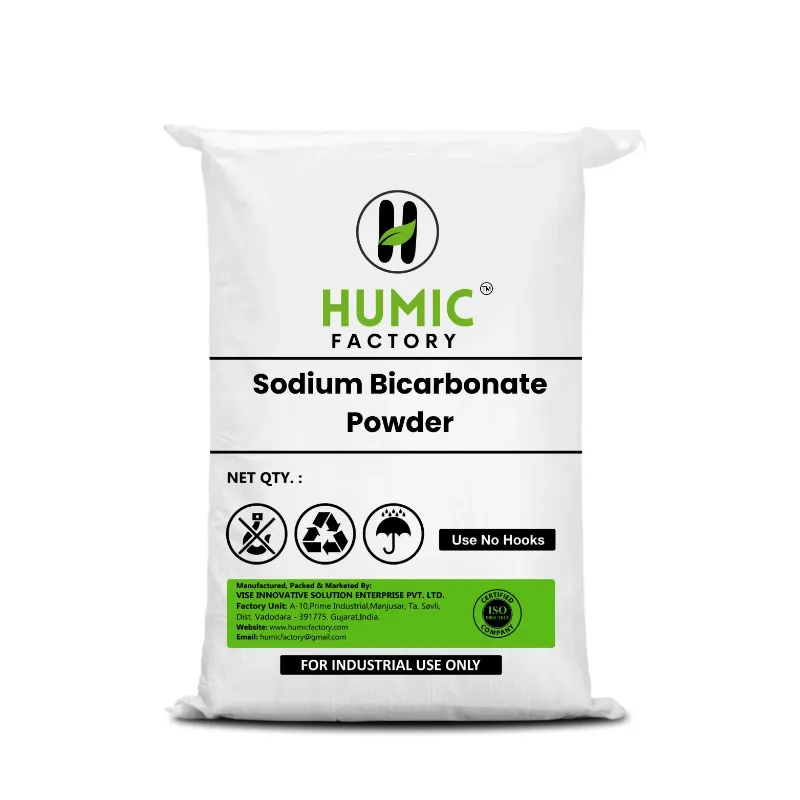Phosphorus is a critical nutrient in plant growth, especially during the stages of root development and early flowering. For crops that need an efficient and effective boost in phosphorus, fertilizers like NPK 12-32-16 and DAP (Diammonium Phosphate) are popular options. But how do they compare when it comes to enhancing phosphorus uptake? Let's break down the benefits and mechanisms behind each, focusing on why NPK 12-32-16 might be a more balanced choice for certain agricultural needs. NPK 12-32-16 is a compound fertilizer that offers a balanced yet phosphorus-rich formulation. The "12-32-16" ratio represents the percentage of nitrogen (12%), phosphorus (32%), and potassium (16%) by weight. This higher phosphorus content is specifically designed to aid in root establishment and flower formation, essential steps in a plant's growth cycle. Compared to other fertilizers, NPK 12-32-16 provides a more rounded nutrient package, which is especially useful for young plants that require strong roots and for fruiting or flowering plants that need a phosphorus boost. On the other hand, DAP fertilizer has a 18-46-0 ratio, which offers a very high phosphorus concentration but lacks potassium. DAP is also primarily used as a quick phosphorus source, but without potassium, it may not provide the complete nutrition that some plants require. The phosphorus content in NPK 12-32-16 (32%) is moderately high, promoting phosphorus uptake effectively while also supporting balanced growth with nitrogen and potassium. Here’s how this balanced composition benefits plants: Using a product like Humic Factory’s advanced NPK 12-32-16 formulation can further improve this absorption by enhancing soil structure, which facilitates root penetration and nutrient availability, making it easier for plants to access phosphorus. While DAP fertilizer (18-46-0) provides a high concentration of phosphorus, it is heavily focused on phosphorus and does not contain potassium, which is crucial for various plant functions, including fruit and flower quality and resistance to pests. Some specific differences include: NPK 12-32-16 is often a more balanced and versatile choice compared to DAP, particularly for crops that need not only phosphorus but also potassium for well-rounded growth. This fertilizer works by providing a steady supply of essential nutrients, helping plants establish strong roots and thrive through all stages. With products like Humic Factory’s NPK 12-32-16, farmers can be assured of an efficient nutrient mix that promotes healthier soil and higher crop yields. While DAP remains a useful option for phosphorus-focused applications, NPK 12-32-16’s balance gives it the edge for long-term, comprehensive plant health.What Is NPK 12-32-16 and Why Is It Different?
How NPK 12-32-16 Enhances Phosphorus Uptake
NPK 12-32-16 vs. DAP: Key Differences
Conclusion: Is NPK 12-32-16 the Better Choice?


Submit your contact number to receive exclusive updates
Something went Wrong Please try again!!!
Bulk Purchase
Get Bulk Discount
Get Discount Code now
फोन नंबर सबमिट करे और ऑफर पाए
We believe farming is hard. This is our attempt to support farmers. Submit your contact details to receive a discount and other offers from Humic Factory.

Recommended Products
COPYRIGHT © 2024. All Rights Reserved By Humic Factory


